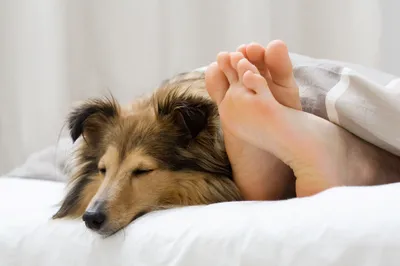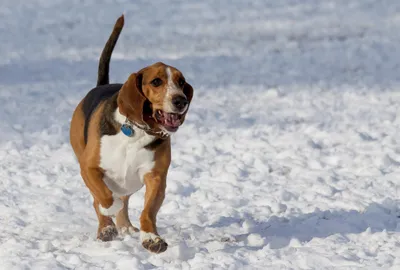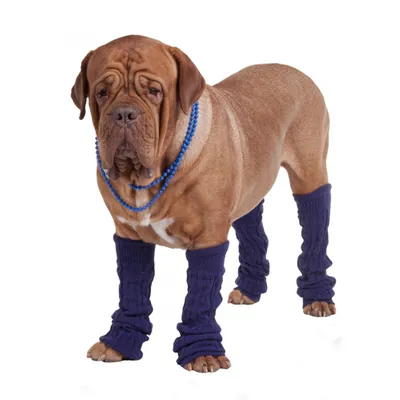You feel the nip of cold in the air and Jack Frost nipping at your nose—how do you think your pet feels?
As soon as the temperatures turn icy, snowy, the roads are thick with salt, the temperature plummets, pet owners need a reminder about efficient ways to keep their pets (especially if they go outside regularly) warm and safe during the winter months.
Here are ten tips for cold-weather animal care…
1. If it’s cold, keep pets mainly indoors
If it’s below freezing outside, your dog shouldn’t be going outside other than for short walks with you and to do their business. Maintain the rule, that if you’re cold; your pet will be cold. For potty breaks, make sure your dog has a warm, solid shelter (or wind wall) to shelter then against the harsh weather.
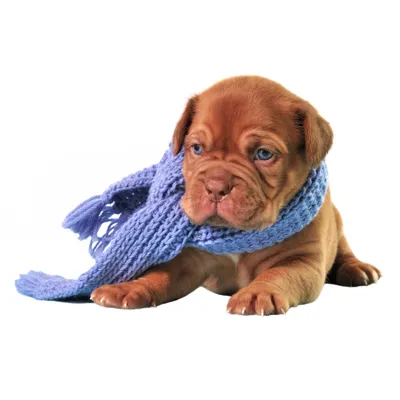
2. Consider cold weather common sense
Pet owners need to call on common sense when it comes to leaving pets out of doors in cold weather. For instance, huskies and other larger, long-haired breeds (like collies or German Sheppard) have the extra fur to deal with cold and snow compared to short-haired, smaller breeds of animal.
3. Always check your car before starting
Neighborhood cats and small dogs are prone to seeking any source of heat they can curl up against on really cold days and nights. That’s why you might be saving an animal’s life if you check under the hood (i.e., car engine) before starting up your car in the morning or honk the horn a few times just in case an animal is sleeping among the moving engine parts of your automobile.

4. Prime time for a winter vet visit
If your animal does go outside during winter, it’s wise to book your pet for a vet check up to ensure they haven’t developed a medical condition that would make cold-weather-exposure dangerous. For instance, if your pet suffers from heart disease, diabetes, kidney disease, or hormonal conditions, they will be more susceptible to lost body heat in the outdoors.

5. Supervise off leash pets
If you like to take your dog for a run or walk off leash, winter is the time to stay close to your animal just in case they slip into a freezing pond or fall through thin ice while unsupervised. It takes mere seconds for a pet to suffer fatal hypothermia.
6. Protect those tender paws
Not only do pets lose the majority of body heat through their paws. A dog or cat can suffer raw or chaffed paws that become painfully infected when exposed to road salt or chemical ice melting products. Keep a towel with you to dry off wet, cold feet and ensure no trace stays on pet’s paws. If your pet ingests salt, it can cause serious digestive tract issues.
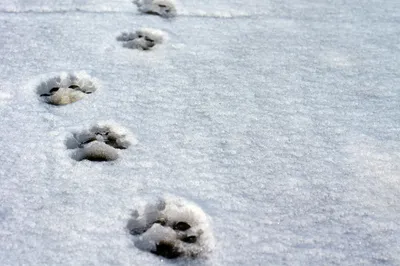
7. Stay vigilant against frostbite
Stay vigilant with outdoor pets during winter, especially for signs of frostbite, which occurs when extremities (typically ears, paws, or tails) literally freeze due to cold. The common symptoms of frost bite in a dog aren’t immediately obvious, but the animal may shiver, whine, pace, or become fatigued if they are suffering freezing.
8. Treat senior pets with extra care
If your dog or cat is elderly, they may begin to develop cold-weather arthritis in winter. This occurs when joints become stiff and tender, making activity like jumping up and down, climbing stairs, and going for walks awkward and uncomfortable. To soothe arthritic joints, ensure your pet stays warm and comfortable indoors on chilly nights with a blanket, warm water bottle, and a soft pet bed.
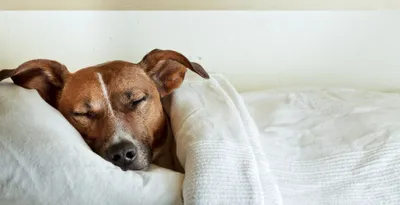
9. Safeguard your pet from accidental burns
If it’s cold, the first thing your dog or cat will do is curl up next to an electric heater, vent, or fire place for warmth. If you have a wood stove, open wood fire, or plug in a space heater, be sure to set up barriers so that your pet doesn’t suffer a burn to the tail, paw, or accidentally lay on a scalding surface.
10. Protect your home from C02 poisoning
We all turn up our furnaces on particularly chilly nights, which can leave us in danger of carbon monoxide poisoning if your furnace has suffered a leak. Install carbon monoxide on each floor to protect all home residents (human and animal) from this invisible, odorless killer.
